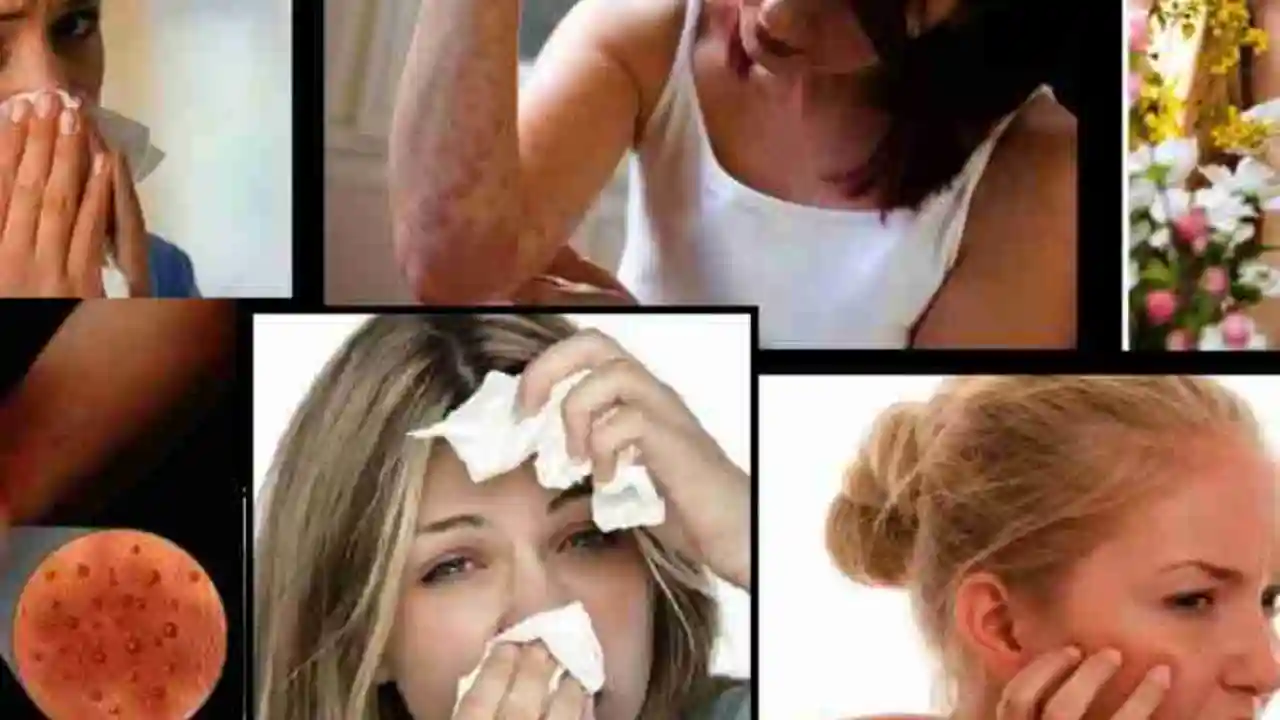Allergic Reactions: What Triggers Them and How to Manage Fast
Allergic reactions can pop up out of nowhere, leaving you itchy, wheezy, or downright scared. The good news is most of them are predictable and easy to treat if you know the basics. Below you’ll find the common culprits, the signs to watch for, and simple steps to calm things down before they get serious.
Common Triggers and How to Identify Them
Anything that your immune system thinks is dangerous can start an allergy. The usual suspects are foods like peanuts, shellfish, or dairy; pollens from trees, grass, and weeds; animal dander; and insect stings. Even some medicines—especially antibiotics like penicillin—can cause a reaction.
Keep a quick diary for a week if you’re not sure what’s biting you. Jot down what you eat, where you spend time, and any new products you use. When a reaction shows up, look back at the diary to spot patterns. If you notice a rash after a certain snack or sneezing when you walk past a garden, you’ve probably found a trigger.
Sometimes the trigger isn’t obvious. Dust mites, mold spores, or chemicals in cleaning supplies can cause vague symptoms like a runny nose or itchy eyes. In those cases, try to reduce exposure—use hypoallergenic bedding, keep humidity low, and switch to fragrance‑free cleaners.
Quick Relief and When to Call a Doctor
Most mild reactions can be handled at home. Antihistamines like cetirizine or loratadine help calm itching, hives, and sneezing within minutes. If you have a known allergy, keep an over‑the‑counter antihistamine handy.
For skin reactions, a cool compress reduces swelling and itching. A soothing oatmeal bath works well for widespread hives. Avoid scratching—scratching can break the skin and invite infection.
Breathing problems are a red flag. If you feel tightness in the chest, wheezing, or you can’t speak in full sentences, use an epinephrine auto‑injector (EpiPen) right away if you have one, then call emergency services. Even if symptoms improve after the shot, you still need medical evaluation because a second wave can appear later.
When in doubt, call your doctor. Persistent hives, swelling that lasts more than a day, or any reaction that interferes with daily activities deserves a professional look. Your doctor can prescribe stronger antihistamines, corticosteroid creams, or teach you how to use an auto‑injector.
Prevention is the best strategy. If you’ve identified a food trigger, read labels carefully and ask about ingredients when eating out. For pollen allergies, check the local forecast and keep windows closed on high‑pollen days. Regular cleaning reduces indoor allergens, and wearing a mask during gardening or cleaning can keep you from inhaling irritants.
Remember, allergies are common and usually manageable. By spotting triggers early, keeping the right meds on hand, and knowing when to seek help, you can keep reactions from ruining your day. Stay aware, stay prepared, and you’ll handle allergic reactions like a pro.

